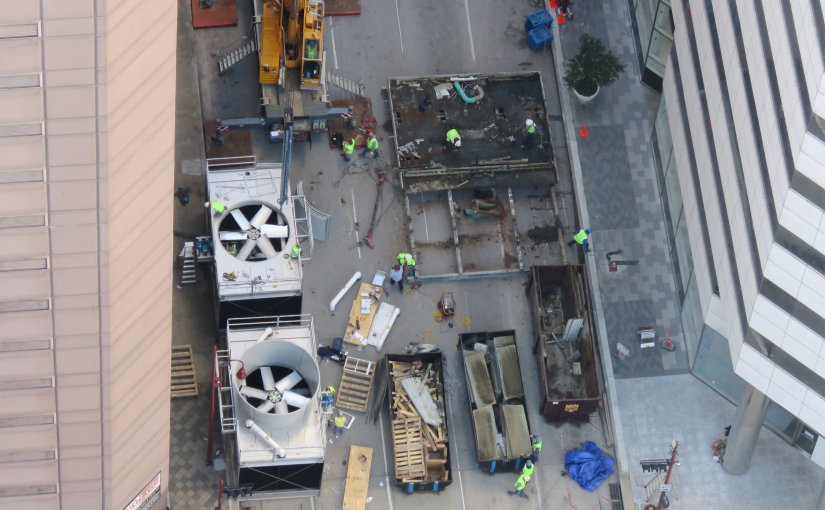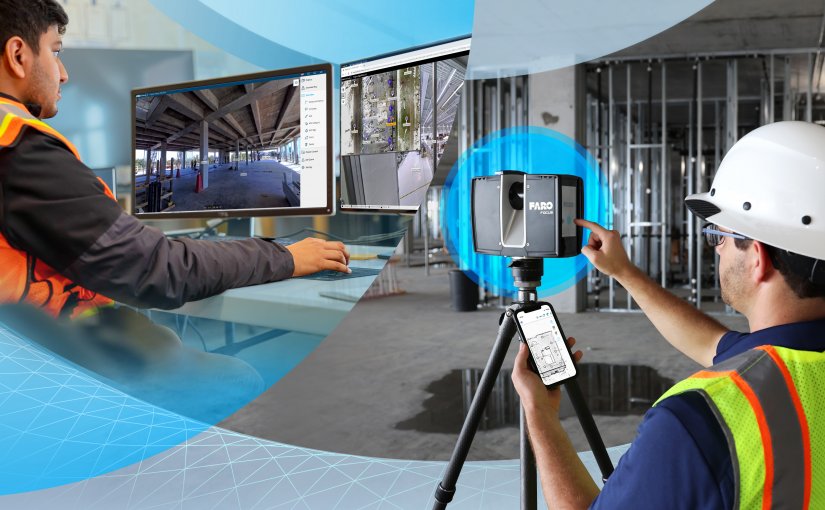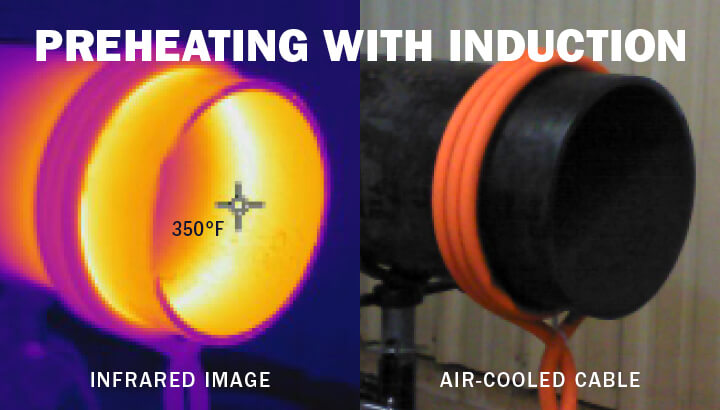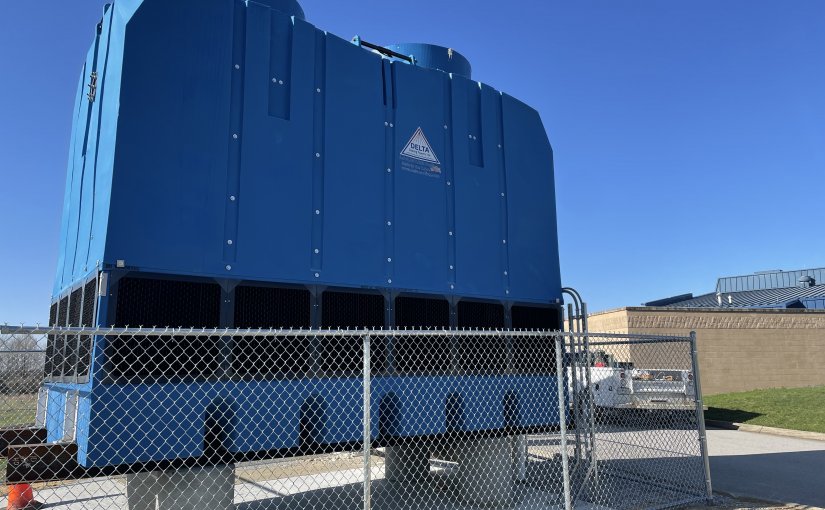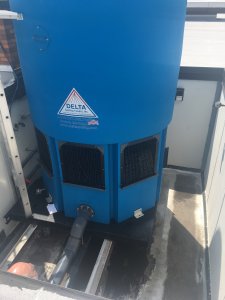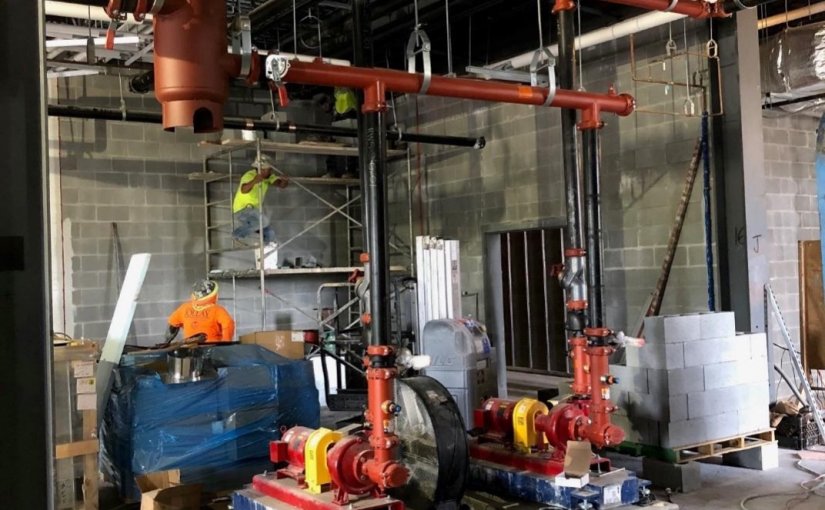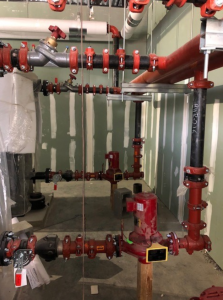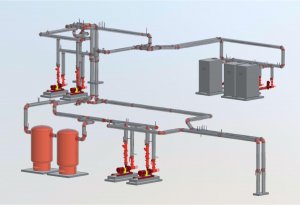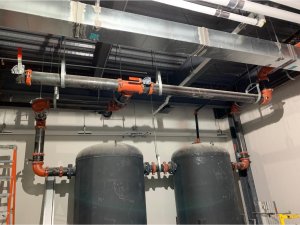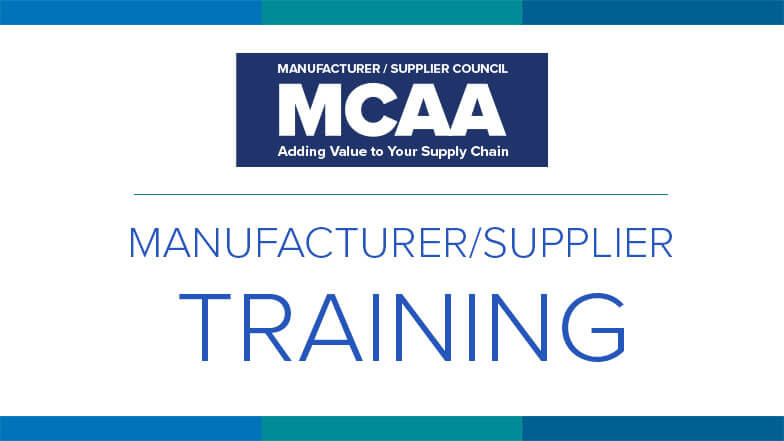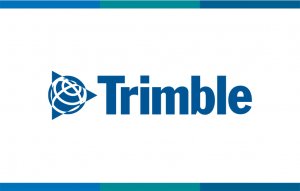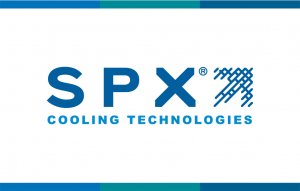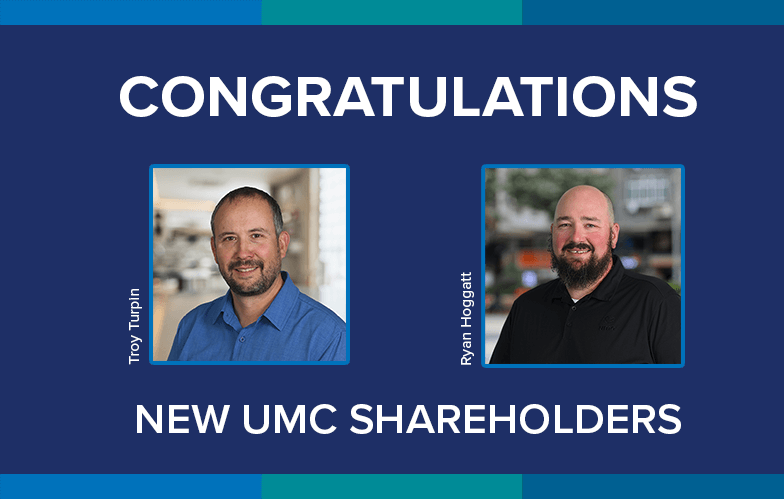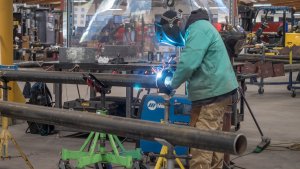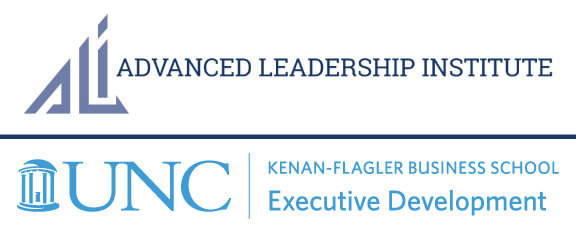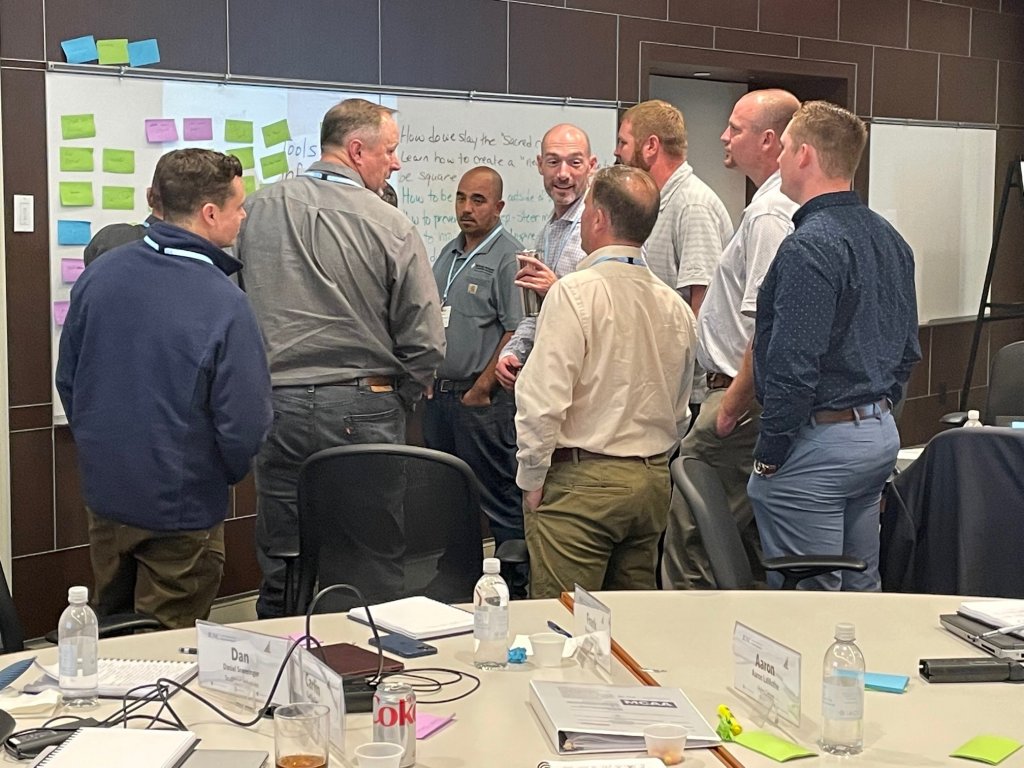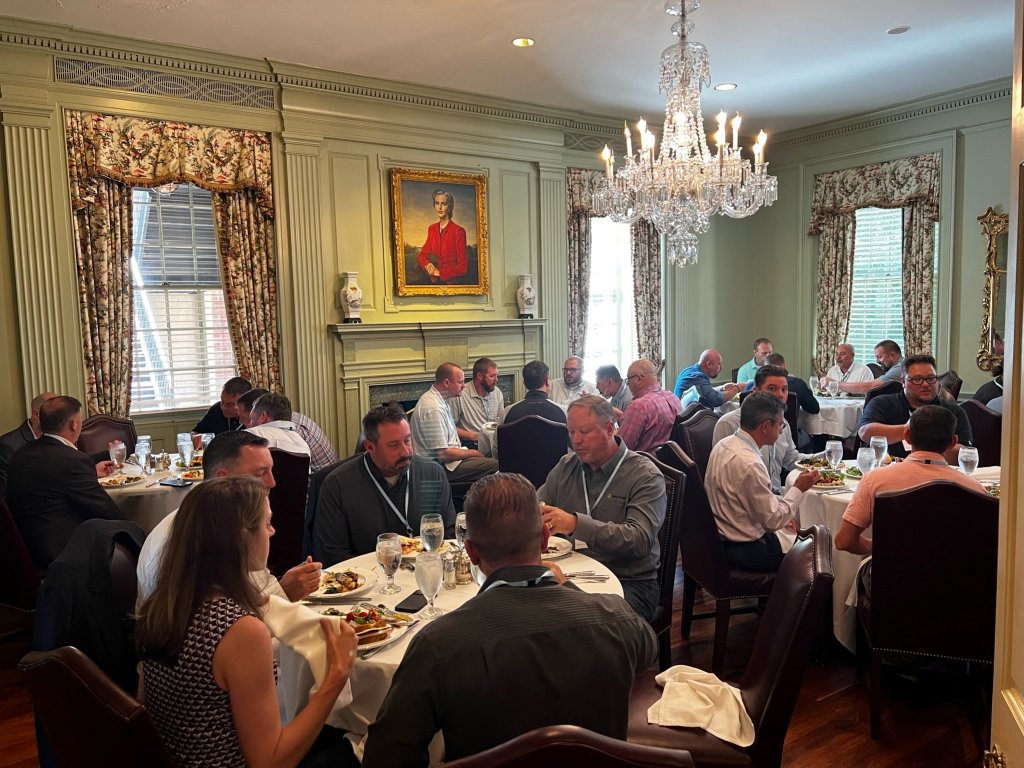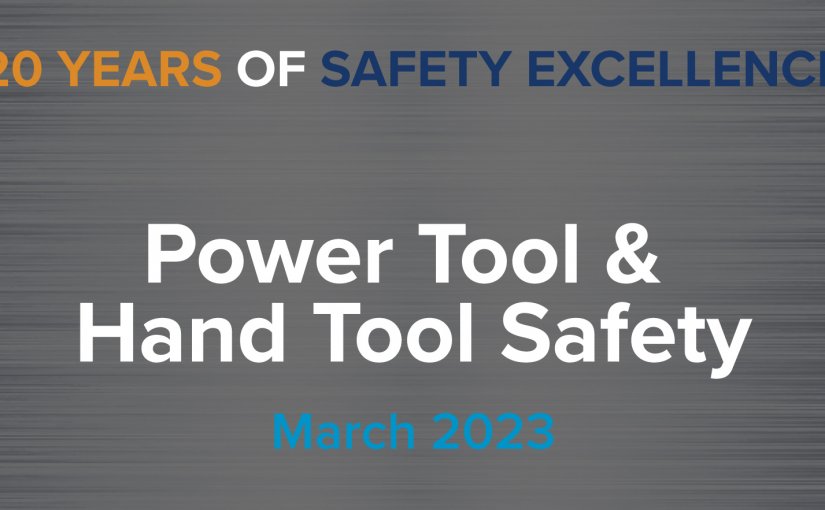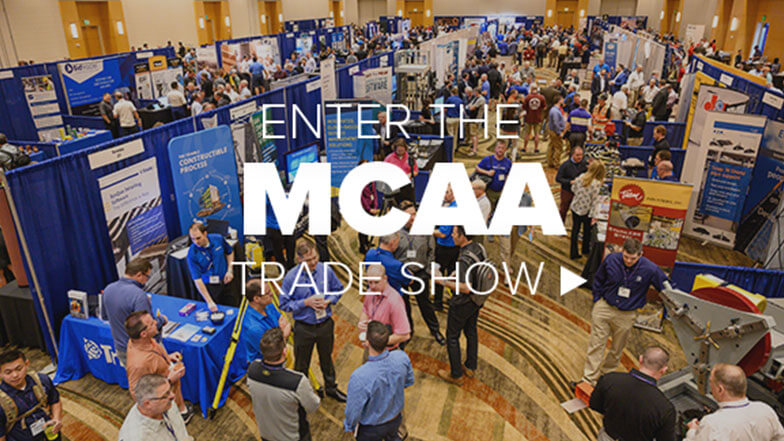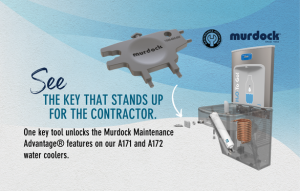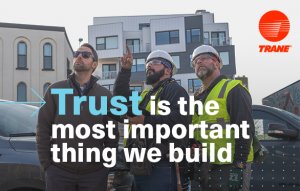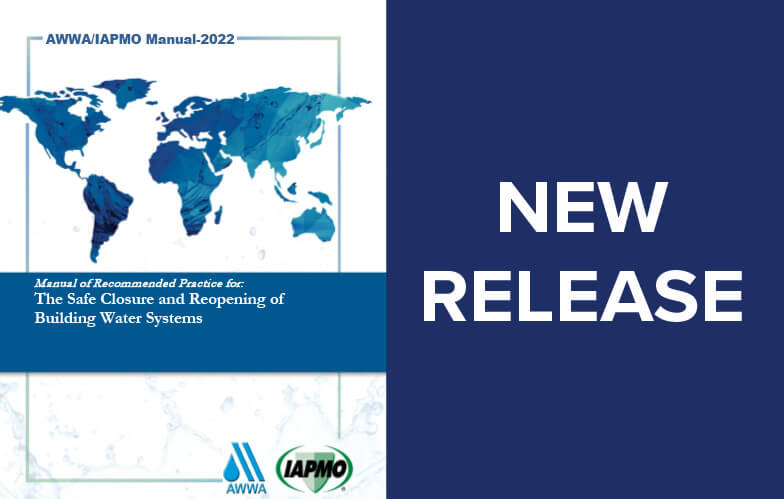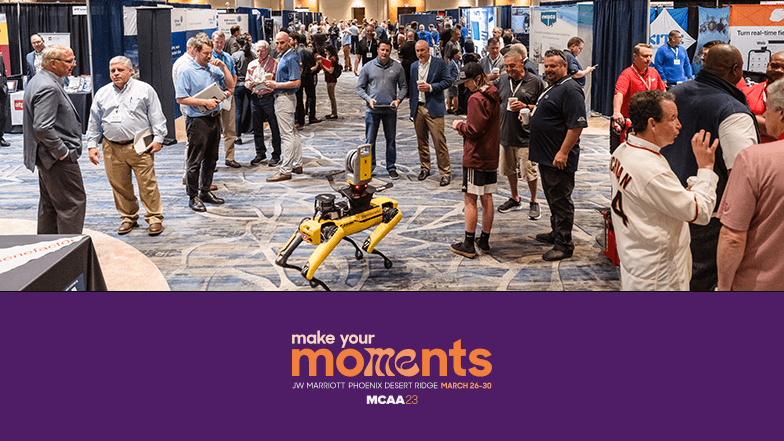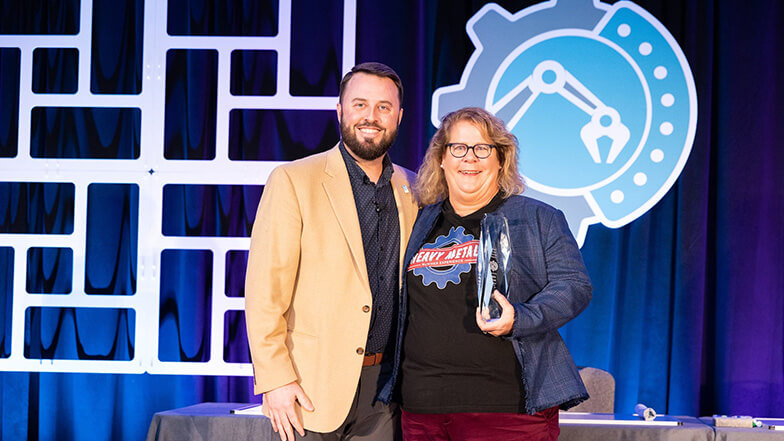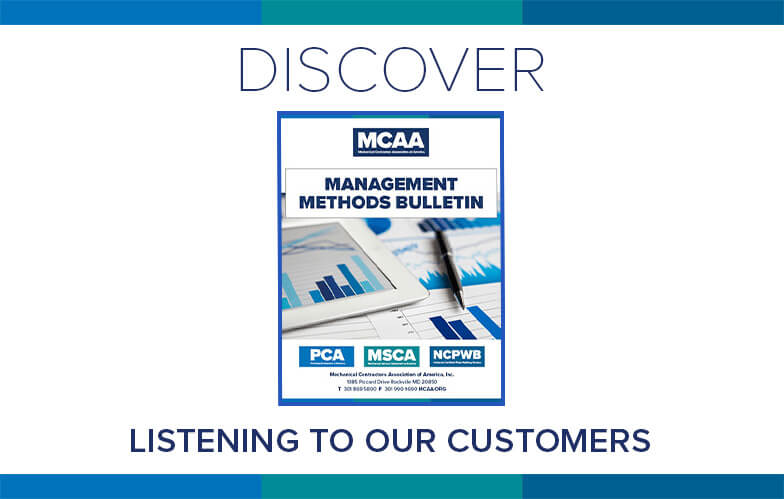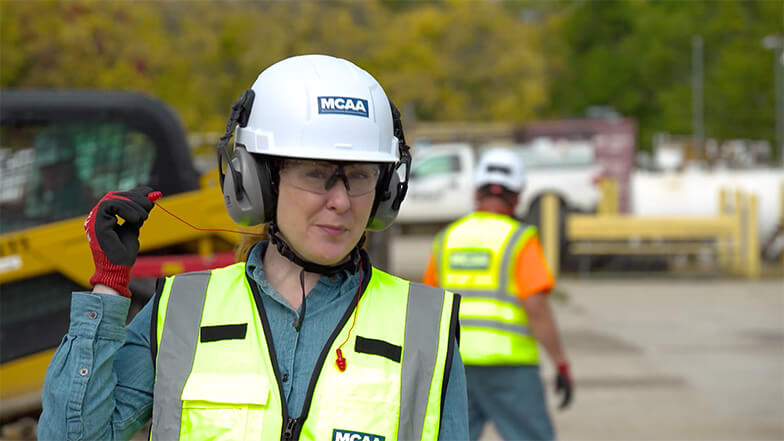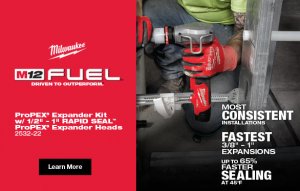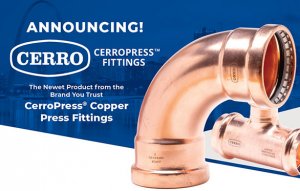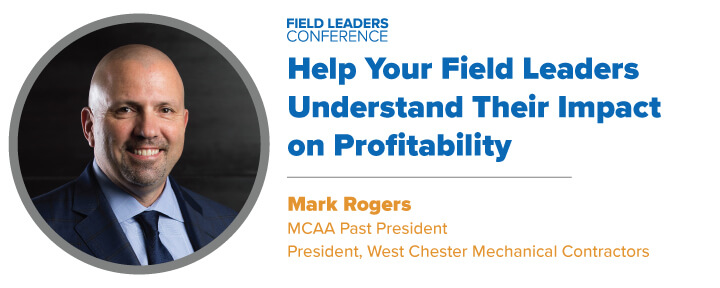Graco Mechanical Upgrades Houston Highrise in One Weekend with Marley Cooling Towers
For Graco Mechanical of Houston, TX, Marley NC® Cooling Towers from SPX Cooling Tech, LLC proved to be the ideal solution for replacing a highrise building’s aging cooling tower in a tight space with an even tighter timeline—just one weekend. These factory-assembled, or “package,” towers allowed for faster installation than a field-erected option while meeting the building’s needs.
A Tall Order
Installing a cooling tower on a roof of any height is never an easy task. Graco Mechanical was called on to disassemble an old wooden cooling tower and replace it with a new one for the Lyric Tower, a 26-story modern office tower in the theatre district of downtown Houston. The building needed a new tower—or towers—that was efficient and could be installed inside the existing mechanical pit without altering too much of the existing piping arrangement and structural steel. To add to the challenge, Graco Mechanical would only have a single weekend to complete the project, so as not to disrupt service for the tower’s tenants.

Based on the required load and flow factors, the project tTeam selected two cells of model NC8407 to handle up to 1,800 gallons per minute and 700+ cooling tons per cell. The Marley NC cooling towers’ heat transfer media, fans, gravity-flow water distribution, and mechanical drive systems work together to provide industry-leading cooling and energy efficiency.
The units were also specified as all stainless-steel construction, which provides additional corrosion resistance and long-term durability. The units were equipped with variable flow nozzles to maximize effectiveness and energy savings while supporting chillers and pumps during off-peak periods.
Reaching for the Sky
Once the cooling towers were selected, Graco Mechanical was tasked with finding the best way to get them to the rooftop. Being in downtown Houston, there was little room for error, and the unique combination of height, reach, and load weight was beyond the capabilities of all locally available cranes. Using a helicopter lift would have its own limitations because of weight and air traffic regulations.
Eventually, the Graco team sourced one of only two cranes in Texas that could handle the job, with the help of TNT Crane & Rigging. Despite being one of the largest costs of the project, this crane still provided significant savings over all other proposed ideas.
Working Through the Weekend
Teardown on the existing tower began Friday afternoon. The crew at Graco Mechanical and a handful of subcontractors worked day and night in shifts to remove all the components of the existing field-erected tower.

“Plans were sent out to each subcontractor with the layout of the streets and how the staging area would be set up, so each sub knew the exact part they were playing and when they were due up,” explained John Kanouff, general manager of service for Graco Mechanical. “This step was critical to completing the project on time.”
Starting at approximately 1 a.m. on Sunday, the new towers were lifted into position. Once they were safely placed in the mechanical yard, the crew immediately began reassembling the mechanical, plumbing, and electrical systems.
“The crane group did a great job on the lift plan, and they calculated, down to the inch, the clearance they would have when the crane swung on each lift,” added Kanouff.
By the time tenants started arriving on Monday morning, the Graco Mechanical crew had done exactly what they set out to do: the new Marley cooling towers at Lyric Tower were up and running—as was the central plant—for the workforce returning from the weekend.
For more information, visit spxcooling.com.
